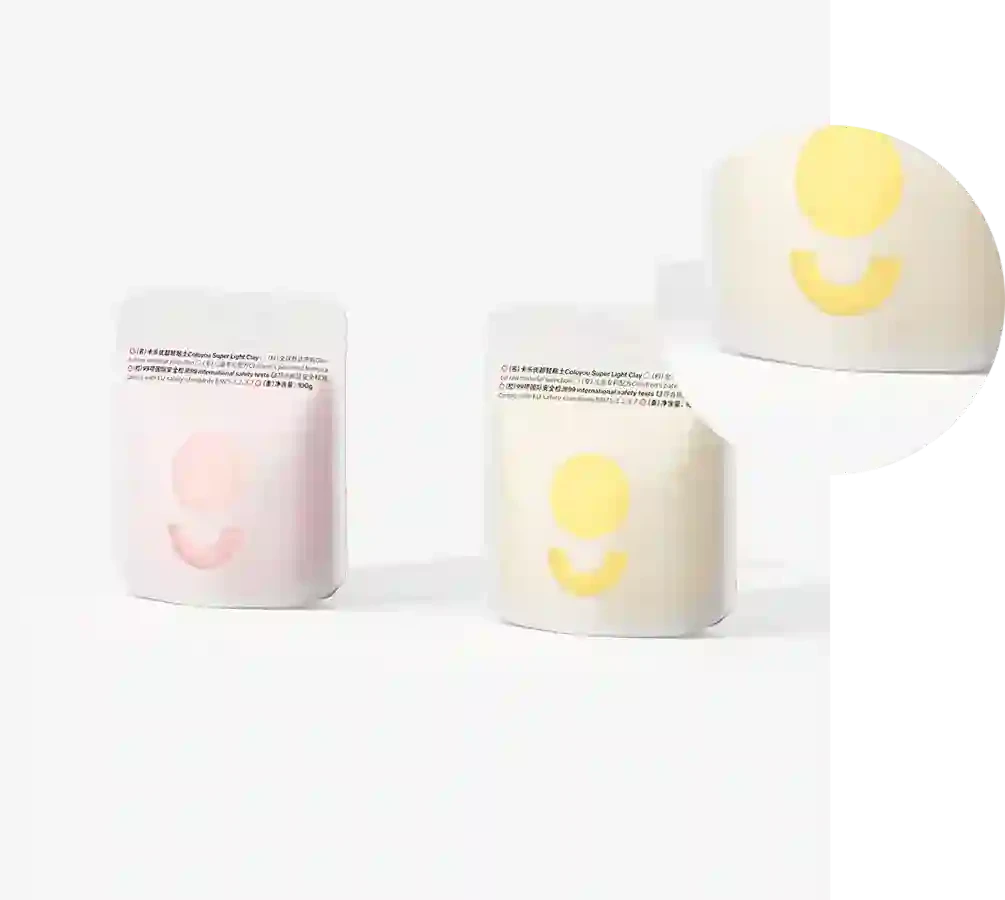- Afrikaans
- Albanian
- Amharic
- Arabic
- Armenian
- Azerbaijani
- Basque
- Belarusian
- Bengali
- Bosnian
- Bulgarian
- Catalan
- Cebuano
- chinese_simplified
- chinese_traditional
- Corsican
- Croatian
- Czech
- Danish
- Dutch
- English
- Esperanto
- Estonian
- Finnish
- French
- Frisian
- Galician
- Georgian
- German
- Greek
- Gujarati
- haitian_creole
- hausa
- hawaiian
- Hebrew
- Hindi
- Miao
- Hungarian
- Icelandic
- igbo
- Indonesian
- irish
- Italian
- Japanese
- Javanese
- Kannada
- kazakh
- Khmer
- Rwandese
- Korean
- Kurdish
- Kyrgyz
- Lao
- Latin
- Latvian
- Lithuanian
- Luxembourgish
- Macedonian
- Malgashi
- Malay
- Malayalam
- Maltese
- Maori
- Marathi
- Mongolian
- Myanmar
- Nepali
- Norwegian
- Norwegian
- Occitan
- Pashto
- Persian
- Polish
- Portuguese
- Punjabi
- Romanian
- Russian
- Samoan
- scottish-gaelic
- Serbian
- Sesotho
- Shona
- Sindhi
- Sinhala
- Slovak
- Slovenian
- Somali
- Spanish
- Sundanese
- Swahili
- Swedish
- Tagalog
- Tajik
- Tamil
- Tatar
- Telugu
- Thai
- Turkish
- Turkmen
- Ukrainian
- Urdu
- Uighur
- Uzbek
- Vietnamese
- Welsh
- Bantu
- Yiddish
- Yoruba
- Zulu
Handcrafted Techniques for Embossing Paper with Simple Tools
How to Emboss Paper by Hand
Embossing, a technique that creates a raised design or pattern on paper, can add a touch of elegance and sophistication to cards, invitations, and various crafts. While there are many machines and tools available for professional-grade embossing, hand embossing doesn’t require expensive equipment and can be done using simple household items. In this article, we’ll guide you through the steps to emboss paper by hand and unleash your creativity.
Materials You Will Need
To get started, you will need the following materials
1. Paper Choose a thicker cardstock or specialty paper to achieve the best results. 2. Pencil For sketching your design. 3. Ballpoint pen or stylus This will be used to create the embossed effect. 4. A corkboard or padded surface This will provide the necessary support for your paper. 5. A light source A window with natural light or a table lamp can work. 6. Optional Stencils or templates If you want added precision in your design.
Step-by-Step Guide to Hand Embossing Paper
1. Design Your Embossing Pattern Before you start, decide on the design you want to emboss. You can sketch a simple pattern, or use stencils or templates for more complex shapes. Keep your design relatively simple, especially if this is your first time.
2. Prepare Your Workspace Find a well-lit area where you can comfortably work. Lay down your corkboard or padded surface. This will help absorb the pressure applied during the embossing process and prevent damage to your table surface.
3. Trace Your Design If you’re using a stencil, place it on your paper and secure it lightly with tape to prevent slipping. If you’re drawing freehand, sketch your design lightly with a pencil. Make sure that your lines are clear enough to follow but not so dark that they will show through when finished.
how to emboss paper by hand

4. Start Embossing With your ballpoint pen or stylus, gently trace over the lines of your design. The goal is to apply pressure and create an impression. Make sure to work on the side of the paper that will be facing outward since this is where the raised effect will show. Use varying pressure to create different depths; the harder you press, the more pronounced the embossing will be.
5. Rotate the Paper Sometimes, it helps to rotate your paper rather than reaching across to continue tracing. This can provide more comfort and better control over the tool.
6. Check Your Progress Periodically lift your paper to see how the design is taking shape. Make adjustments as necessary. Be careful not to over-emboss in one area as this can cause the paper to tear.
7. Add Detail Once the main design is complete, you can add finer details using the same method. Subtle touches can enhance the overall effect and make your embossing more intricate.
8. Finish Your Project Allow your embossed design to dry completely if you’ve used any additional ink or paint alongside the embossing. Once dry, consider framing your work, using it in a greeting card, or integrating it into a scrapbook.
Tips for Successful Embossing
- Experiment with Textures Different types of paper will yield different results. Experiment with textured or handmade papers for unique effects. - Practice As with any craft, practice makes perfect. Consider trying out your techniques on scrap paper before tackling your final piece. - Use Guides If you're new to embossing, using dotted lines or grid paper underneath your cardstock can help keep your lines straight and give you a visual guide.
Hand embossing is a rewarding art form that not only enhances the aesthetic of your projects but also allows for a personal touch. Whether creating greeting cards for loved ones, adding a beautiful detail to scrapbook pages, or enhancing personal stationery, embossing can elevate your crafting game. So gather your materials and let your creativity flow!













